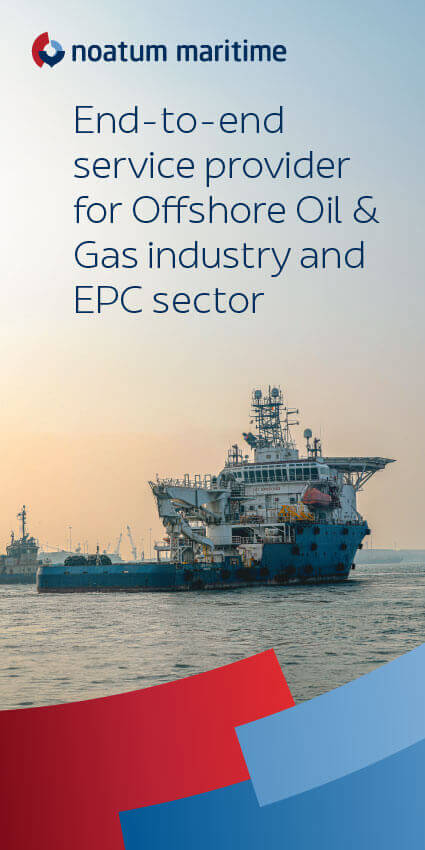The number of onshore wells drilled in the Middle East continues to rise, bucking the global trend, according to market research provider Douglas-Westwood
The Middle East has been a relative bright spot for upstream activity during the oil price downturn, comments the company. Between 2014 and 2015, Douglas-Westwood’s Drilling & Production Market Forecast saw global onshore wells drilled fall by a staggering 32 per cent as operators slashed drilling campaigns. The Middle East – characterised by low lifting costs and containing almost half of the OPEC membership – was relatively immune from this decline, growing at 3 per cent. Douglas-Westwood expects the Middle East to continue to buck global trends, anticipating another 3 per cent increase in the number of onshore wells drilled this year. International land rig contractors, such as Saipem, are actively focusing their strategy and drilling campaigns on the region in the attempt to limit the negative impact of low oil prices.
Despite this growth, the region has not been completely exempt from the impact of the downturn – NOCs such as Saudi Aramco have slowed progress at a number of projects. Indeed beyond drilling & production, heavily commodity dependent Gulf producers have felt the strain on their finances. Non-OPEC member Oman has been hit particularly hard, with both Moody’s and Standard & Poor's lowering their credit rating.
However, a regional reliance on oil exports is expected to support continued activity and there are clear bright spots within the region, says Douglas-Westwood. Since economic sanctions were lifted in January, Iran has stood out as a potential golden opportunity for international rig contractors. With production already almost at pre-sanctions levels, Douglas-Westwood’s Iran Oil & Gas Market Forecast expects demand for land rigs to increase by 6 per cent to 2020. However, some bilateral US sanctions remain. This may restrict US based contractors from entering the market directly, therefore, the opportunity – at least in the short term – is likely to be most accessible to indigenous contractors based in the Middle East. As a result, it may be contractors in neighbouring markets that find themselves with an early mover advantage.









